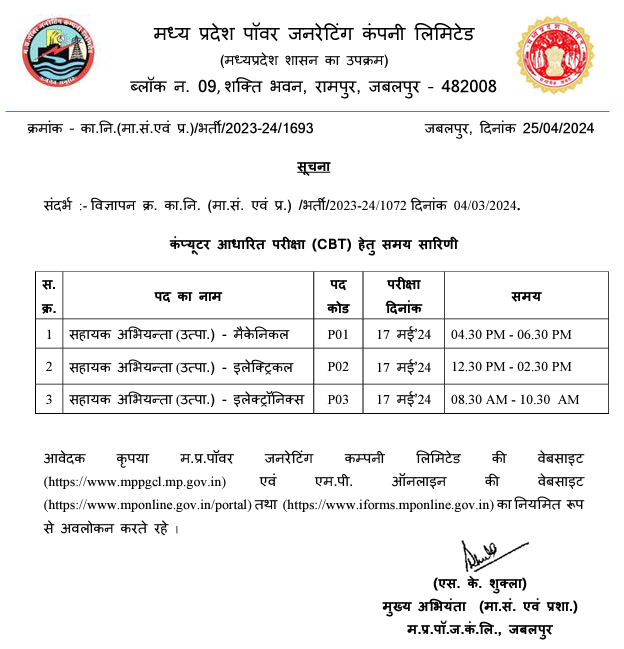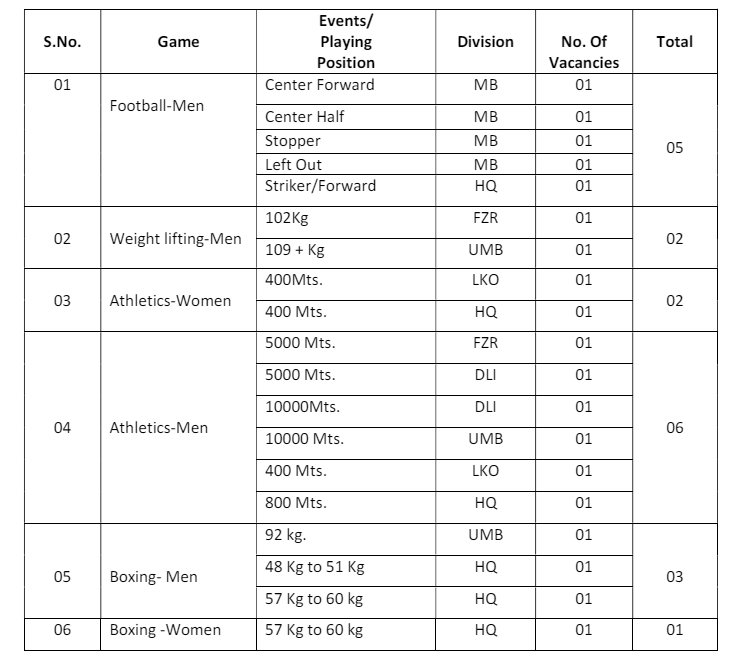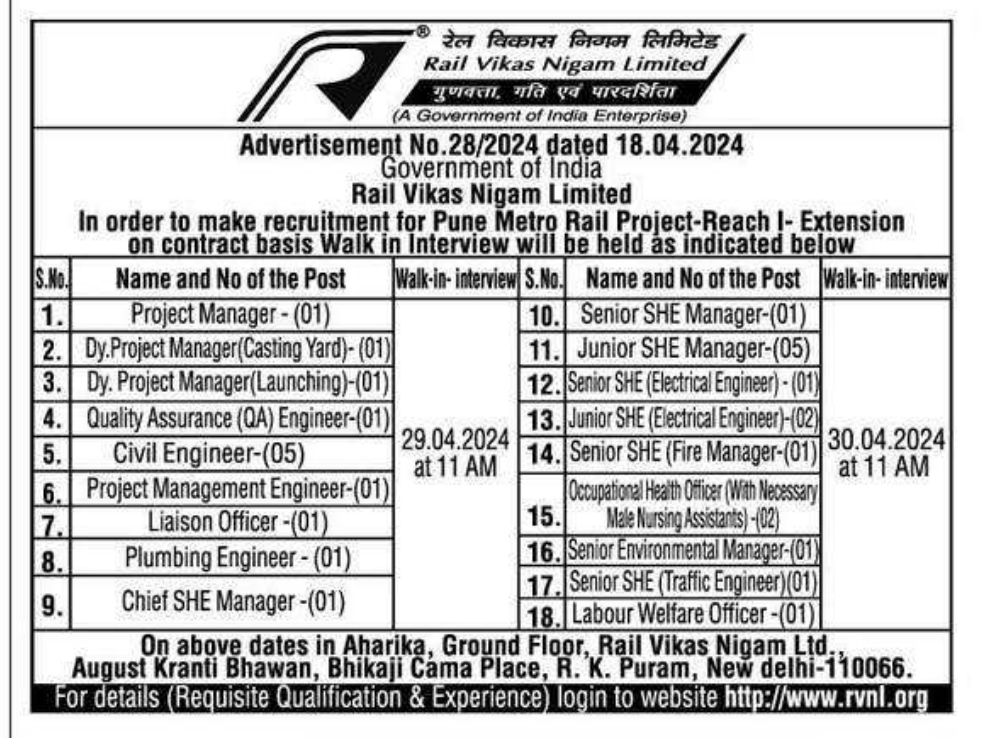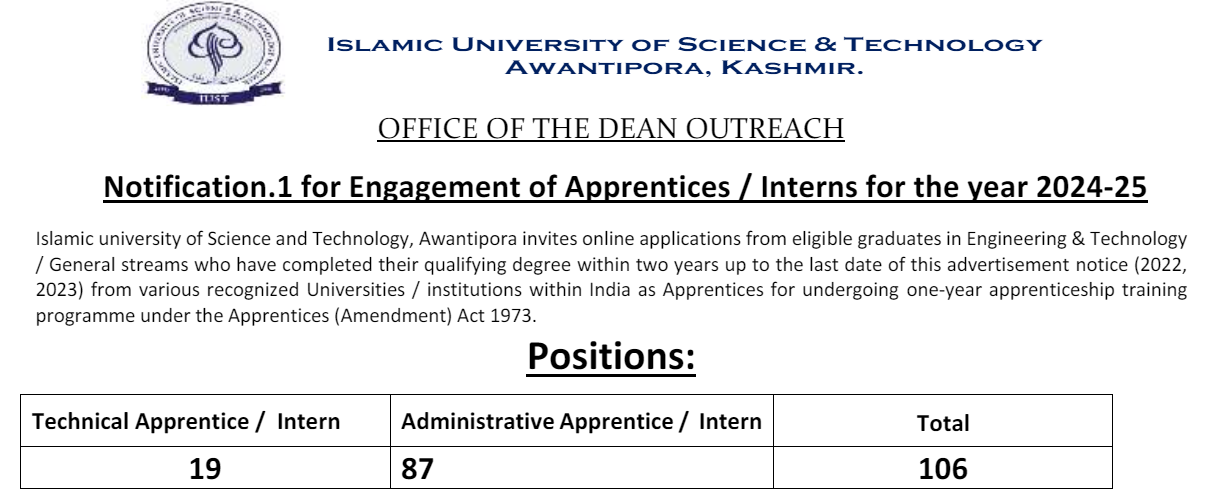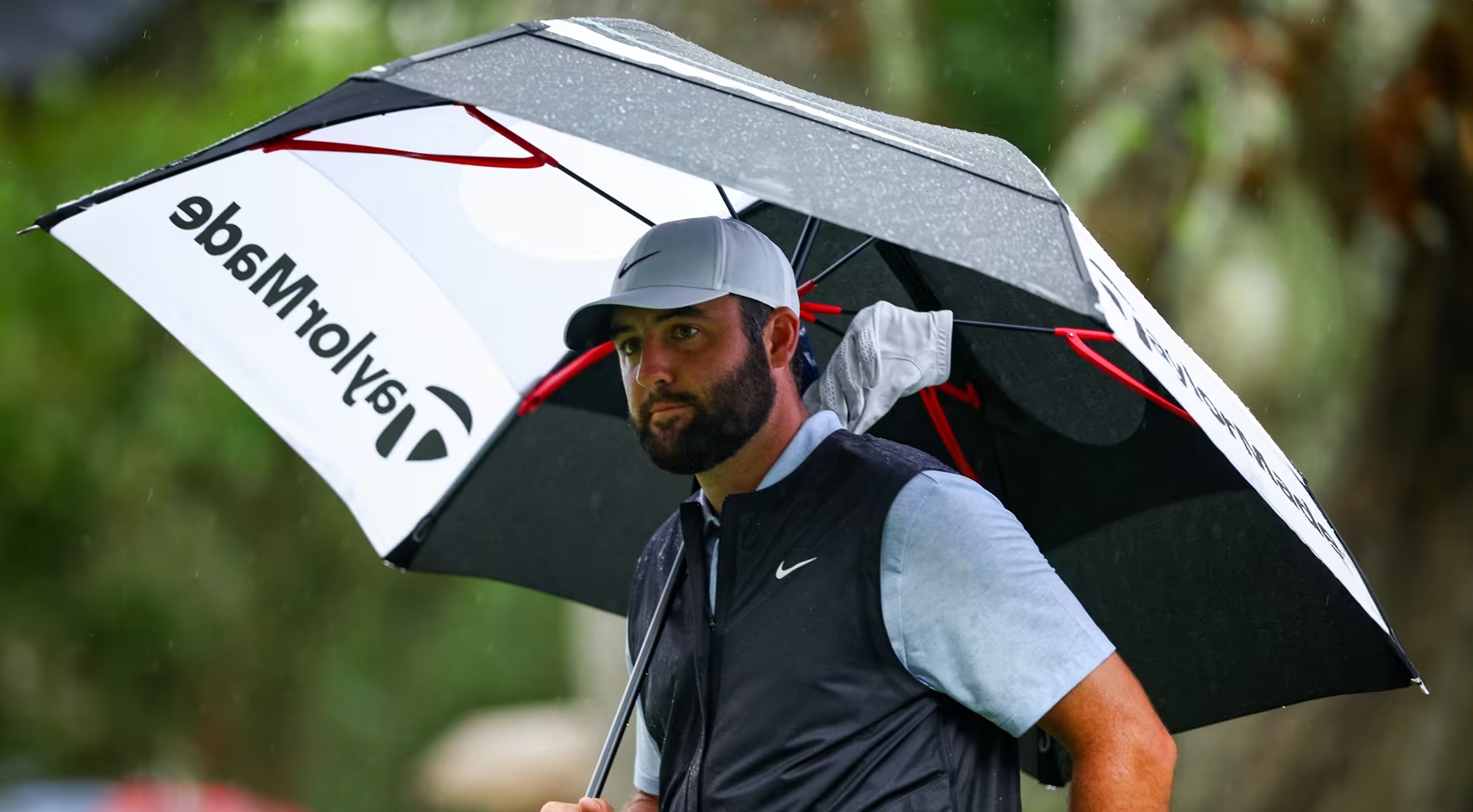Power Electronics Special MCQ Part Four

Category –EE Online Test
Telegram-Join Us On Telegram
Attempt Free Power Electronics Special MCQ Part Four Here. Read The Important Electricity MCQ From Below.
Power Electronics Special MCQ Part Four
1.Circuit turn off time of an SCR is defined as the time
(A) taken by the SCR to turn off
(B) required for the SCR current to become zero
(C) for which the SCR reverse biased by the commutation circuit
(D) for which the SCR is reverse biased to reduce its current below the holding current
Answer-C
2.The typical ratio of latching current to holding current in a 20 A thyristor is
(A) 5.0
(B) 2.0
(C) 1.0
(D) 0.5
Answer-B
3.The thermal resistance between the body of a power semiconductor device and the ambient is expressed as
(A) Voltage across the device divided by current through the device
(B) Average power dissipated in the device divided by the square of the RMS current in the device
(C) Average power dissipated in the device divided by the temperature difference from body to ambient
(D) Temperature difference from body to ambient divided by average power dissipated in the device
Answer-D
4.Power electronic device with poor turn off gain is
(A) A symmetrical thyristor
(B) A conventional thyristor
(C) power bipolar junction transistor
(D) Gate turn off thyristor
Answer-D
Power Electronics Special MCQ Part Four
5.Consider the following statement in respect of IGBT?
1. It combines the attributes of MOSFET and BJT
2. It has low forward voltage drop
3. Its switching speed is very much lower than that of MOSFET
4. It has high input impedance
Which of the statements given above are correct?
(A) 1, 2, 3 and 4 (B) 1, 2 and 4 (C) 1, 2 and 3 (D) 3 and 4
Answer-A
6.When cathode of thyristor made more positive than its anode
(A) all the junctions are forward biased
(B) Outer junctions are reverse biased and central one is forward biased
(C) Outer junctions are forward biased and central one is reverse biased
(D) All the junctions are reverse biased
Answer-B
7.When the thyristor is turned on and conducting
(A) J1 and J2 are forward biased and J3 is reverse biased
(B) J1 and J3 are forward biased and J2 is reverse biased
(C) J2 and J3 are reverse biased and J1 is forward biased
(D) J1, J2 and J3 are all forward biased
Answer-D
8.Consider the following statements:
1. A thyristor circuit requires turn off circuit while transistor does not
2. The voltage drop of thyristor is less than that of a transistor
3. A thyristor requires a continuous gate current
4. A transistor draws a continuous base current
Which of these statements are correct?
(A) 1, 2, 3 and 4 (B) 1and 2 (C) 2 and 4 (D) 1 and 4
Answer-D
9.Thyristor is a semi conductor switch which is
(A) unilateral and stable
(B) bilateral and astable
(C) unilateral and bistable
(D) bilateral and bistable
Answer-C
Power Electronics Special MCQ Part Four
10.The main reason for connecting a pulse transformer at the output stage of a thyristor triggering circuit is
(A) to amplify the power of the triggering pulse
(B) to provide electrical isolation
(C) to reduce turn on time of the thyristor
(D) to avoid spurious triggering of the thyristor due to noise
Answer-B
11.For thyristors, pulse triggering is preferred to dc triggering because
(A) gate dissipation is low
(B) pulse system is simple
(C) triggering signal is required for very short duration
(D) All of the above
Answer-D
12.High frequency modulation of the gate pulse is normally done in triggering an SCR in order to
(A) reduce power dissipation in the SCR
(B) minimize the saturation of the pulse transformer
(C) reduce the turn on time of SCR
(D) reduce the turn off time of SCR
Answer-B
13.An SCR has half cycle surge current rating of 3,000 A for 50 Hz supply. One cycle surge current rating is
(A) 1500 A
(B) 2121.32 A
(C) 4242.62 A
(D) 6000 A
Answer-B
14.An SCR is in conducting state, a reverse voltage is applied between anode and cathode, but it fails to turn off. What could be the reason?
(A) Positive voltage is applied to gate
(B) The reverse voltage is small
(C) Anode current is more than holding current
(D) Turn off time of SCR is large
Answer-C
Power Electronics Special MCQ Part Four
15.Most SCRs can be turned off by voltage reversal during negative half cycle of the ac supply for
(A) all frequencies
(B) frequencies upto 300 Hz
(C) frequencies upto 30 kHz
(D) frequencies upto 300 kHz
Answer-B
16.If a diode is connected in anti parallel with thyristor, then
(A) both turn off power loss and turn on time decreases
(B) turn off power loss increases and turn on time decreases
(C) turn off power loss decreases and turn on time increases
(D) both turn off power loss and turn on time increases
Answer-C
17.During turn off process in a thyristor, the current flow does not stop at the instant reaches zero but continues to flow to a peak value in the reverse direction. This is due to
(A) hole storage effect
(B) commutation failure
(C) presence of reverse voltage across thyristor
(D) protective inductance in series with SCR
Answer-A
Power Electronics Special MCQ Part Four
18.Practical way of obtaining static voltage equalization in series connected SCRs is by the use of
(A) one resistor across the string
(B) resistor of different values across each SCR
(C) resistors of the same value across each SCR
(D) one resistor in series with the string
Answer-C
19.For series connected SCRs, dynamic equalizing circuit consists of
(A) resistor R and capacitor C in series but with a diode D across C
(B) series R and D circuit but with C across R
(C) series R and C circuit but with D across R
(D) series C and D circuit but with R across C
Answer-C
20.For dynamic equalizing circuit used for series connected SCRs, the choice of C is based on
(A) reverse recovery characteristic
(B) turn on characteristics
(C) turn off characteristic
(D) rise time characteristic
Answer-A
Power Electronics Special MCQ Part Four


